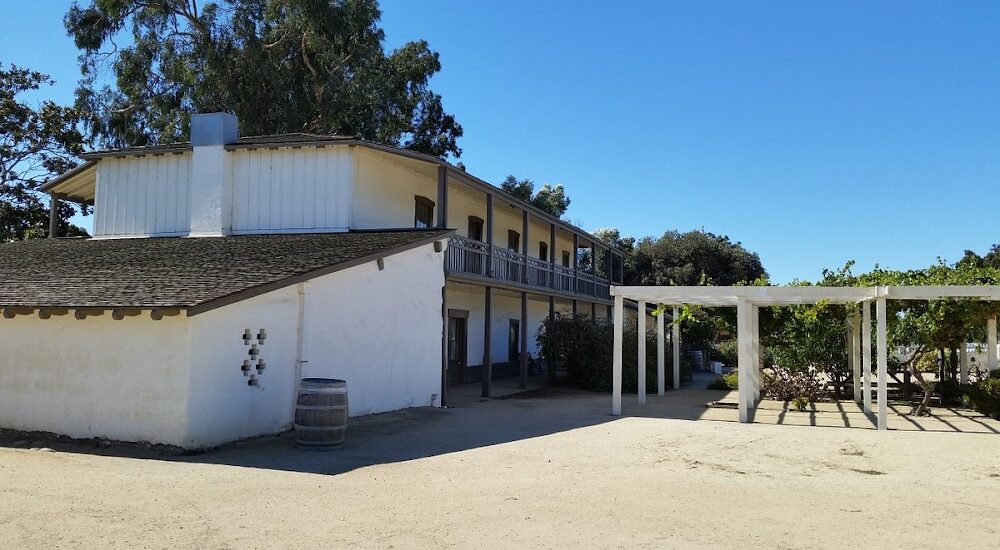Welcome to the Olivas Adobe Historic Park, a place where the rich tapestry of California’s past comes to life. In 1841, Raymundo Olivas, a former cavalryman in the Mexican Army, was awarded a land grant of approximately 2,250 acres by Governor Juan Bautista Alvarado in recognition of his service at the Presidio of Santa Barbara. This grant became known as Rancho San Miguel, situated along the north bank of the Santa Clara River.
Raymundo Olivas, along with his wife Teodora Lopez and their 21 children, built their adobe home here in 1837, later expanding it in 1849 to two stories. It became the only two-story adobe in the region, a symbol of Olivas’ prosperity during the Californian Rancho era. The golden age of his ranch was driven by the booming cattle industry, which provided essential supplies to miners during the California Gold Rush.
Despite the prosperity, the 1860s brought challenges with severe droughts that devastated the cattle industry, forcing Olivas to adapt by raising sheep instead. The family’s fortunes declined after Raymundo’s death in 1879, and the adobe was sold in 1899.
In the early 20th century, the adobe found a new life as a hunting lodge for Max Fleischmann, a magnate known for his work in the yeast and margarine industries. In 1927, Fleischmann restored the Olivas Adobe, preserving its historical integrity. After his death, the adobe was generously donated to the City of Ventura, eventually opening as a museum in 1972.
Today, the Olivas Adobe is registered as California Historical Landmark #115 and listed on the National Register of Historic Places. Visitors can explore the well-preserved adobe home, enjoy the beautifully maintained gardens, and learn about the vibrant history of early California life.
A particularly intriguing aspect of Olivas Adobe is its reputation as one of Ventura County’s haunted locations, with tales of a woman’s ghost said to wander the grounds. Whether you’re here for the history or the mystery, the Olivas Adobe Historic Park offers a fascinating glimpse into the past.






